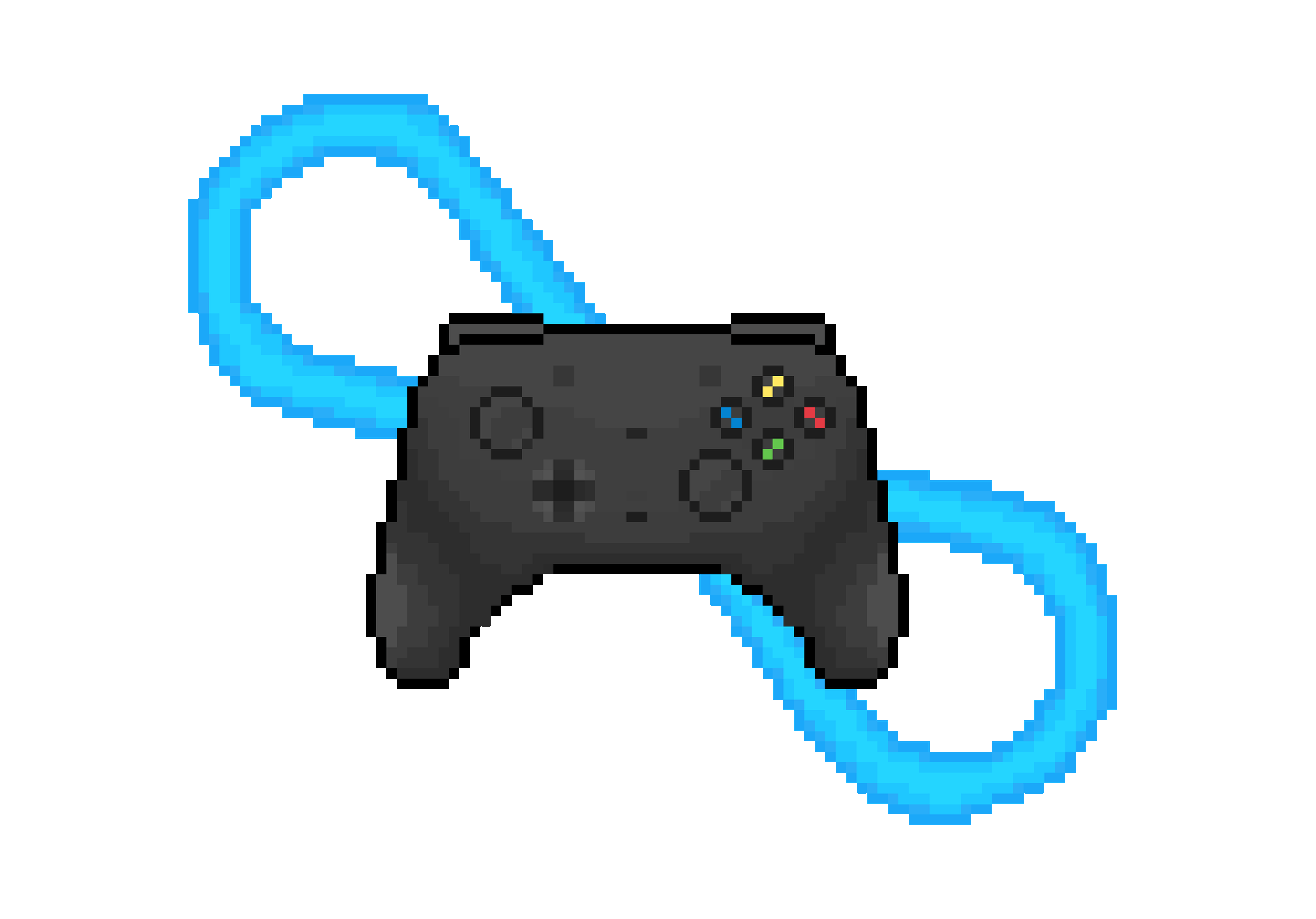Find Time And LIMITLESS Energy For Reading

Take just one minute to think about how many self-help books you've read... articles you've skimmed... or online courses you've taken.
Now answer me honestly:
Have they gotten you anywhere?
Or are you stuck in a loop of instant gratification?
Let's make The Art Of Linked Reading different. If we want to make the course concepts last FOREVER, we need to create habits and rituals that continue even after the course is over.
Remember what I'm about to tell you: everyone differs; what works for me might not work for you.
⌛Time Management
There are three time management principles that have been particularly influential in my reading journey:
- Time Blocking: every night before I go to bed, I time block out the next day. I wake up with crystal clarity on what I want to do with my time. Critically, I schedule time to read on my calendar daily, even if it's just 15 minutes. In addition, I do daily, weekly, monthly, quarterly, and yearly reviews to practice lifestyle design, the art of creating and adapting the best possible life for you. Learn how to do regular reflection and planning yourself with my free article.
- Accountability: When I was first ingraining my reading habit, I would tell my brother if I didn't go to read when I said I would, I would pay him $500. I never had to pay him $500. The power of accountability.
- Systemizing: different parts of the linked reading process require different parts of your brain. I separate each of these steps and batch them so I don't tire my brain out. You'll learn more about each step as we get farther into the course.
⚡Energy Management
Four energy management principles have been particularly influential in my linked reading journey:
- Regular Exercise: I weightlift three times per week, and do some form of cardio five times weekly.
- Regular Sleep Schedule: I sleep at the same time every night, EVEN on the weekends. Watch this video to learn how to create an optimal sleep environment. There is No way around it, partying and sleeping in on the weekends WILL hurt your reading.
- Healthy Diet: I eat as many single-ingredient, unprocessed foods as I can. I get 1 gram of protein per pound of bodyweight and prioritize eating healthy fats and proteins over carbohydrates. I fast one day per week and intermittent fast every single day, only eating between 12:00 p.m. and 8 p.m. Not saying you have to do the same. But the quality of your reading time WILL be influenced by your diet.
- Newton's First Law: If I don't feel like reading, I tell myself I will read for just 5 minutes. If I still don't feel like it, I stop. But often, that's enough to get me going.
⚛️Atomic Habits: How To Create Habits That STICK From This Course
If you haven't read it, Atomic Habits is THE best book for learning how to create better habits in your life.
Let's apply the major framework for creating habits from the book to our linked reading practice.
The cue-craving-response-reward loop is a central concept in the book "Atomic Habits" by James Clear. It explains the process by which habits are formed and reinforced. Here's a summary of each component:
- Cue: A cue is a trigger or signal that initiates a habit. It could be something you see, hear, feel, or experience. Cues can be external (environmental triggers) or internal (emotions, thoughts, etc.).
- Craving: The cue leads to a craving, a desire or motivation to fulfill the habit. Cravings link to the anticipation of the reward associated with the habit. They are a powerful psychological force that drives behavior.
- Response: The response is the actual behavior or action you take in response to the craving. It's the habit you're trying to establish. This could be something positive or negative, depending on the habit you're forming.
- Reward: The response produces a reward or outcome that satisfies the craving. Rewards are the positive outcomes that reinforce the habit and make you more likely to repeat it in the future. They create a sense of pleasure or satisfaction.
The loop is cyclical: the cue triggers the craving, which drives the response, and the reward reinforces the loop, making it more likely that the habit will be repeated in similar situations.
This framework gives us a powerful weapon for habit change: to build good habits reinforce the cue-craving-response-reward loop. To break bad habits, weaken the cue-craving-response-reward loop.
Let's break down the habit of someone overeating peanut butter using the cue-craving-response-reward loop (definitely not applicable to me):
- Cue: The cue in this case could be a specific time of day (like after dinner), seeing a jar of peanut butter on the kitchen counter, or feeling stressed or bored.
- Craving: The cue triggers a craving for the taste and texture of peanut butter. This craving might be due to the person associating peanut butter with comfort or pleasure.
- Response: The response is the actual behavior of eating a large spoonful of peanut butter straight from the jar. This action satisfies the craving that was triggered by the cue.
- Reward: The reward is the enjoyable taste and texture of the peanut butter, as well as the sense of comfort or satisfaction it provides. The person experiences a momentary pleasure from indulging in the peanut butter.
As this loop repeats over time, the person's brain starts associating the cue (time of day, sight of peanut butter, emotional state) with the rewarding experience of eating peanut butter.
This reinforcement strengthens the habit loop, making the person more likely to continue overeating peanut butter in response to the same cues.
To change or break this habit, one could intervene at various points in the loop.
For example, changing the cue (avoiding the kitchen after dinner), addressing the craving (finding healthier ways to cope with stress or boredom), altering the response (replacing eating peanut butter with a healthier snack), or adjusting the reward (finding other enjoyable activities to engage in) can help disrupt the loop and establish a new, healthier habit pattern.
